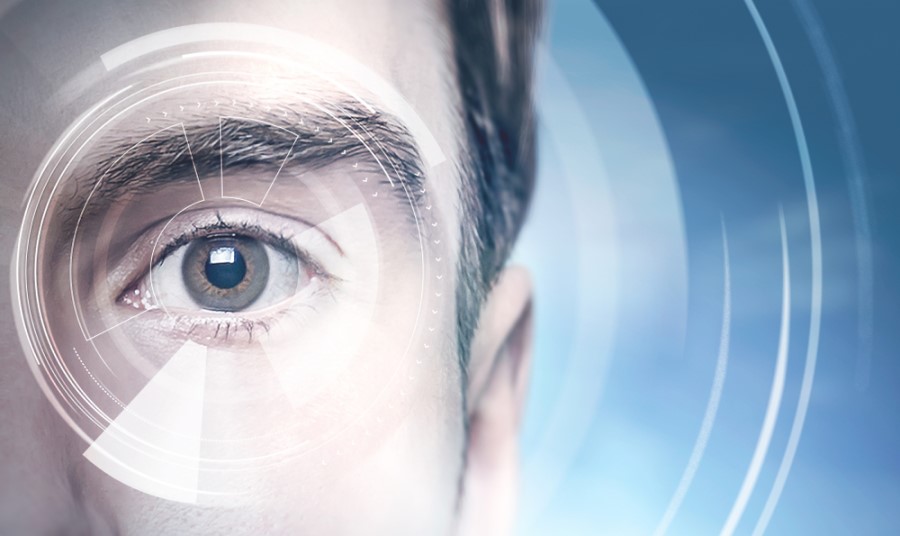Four top tips for reducing eye strain in the digital workplace

Today’s world runs on digital. From the living room to the board room, we rely on our devices to stay informed, connect with others, and in many cases, earn a living. Mobile devices and computers deliver countless benefits. However, they can also serve up a less beneficial side effect.
Many digital devices and computer monitors emit blue light, and blue light exposure can contribute to digital eye strain. Here’s why: after blue light enters your eyes it scatters. Your eyes must work extra hard to focus that scattered light. In other words, your eyes put in overtime on a daily basis, which can contribute to repetitive eye strain and associated headaches, blurred vision and dry eyes.
Here are four tips to reduce blue light exposure and decrease the potential onset of digital eye strain.
1. Ask the expert
An annual trip to the optician is critical for screen users. Ask your optician about the best options to help you reduce eye strain, whether that’s in the form of computer vision or blue light lenses. Even if you don’t wear corrective lenses, some blue light coatings can be applied to non-prescription eyewear.
2. Observe the 20-20-20 rule
Give your eyes a break every 20 minutes and spend 20 seconds looking at something at least 20 feet away. Also, blinking more often helps to moisten your eyes, which may help reduce visual discomfort.
3. Maintain your digital distance
Find a comfortable working distance from your screen. This is especially important as the intensity of light increases exponentially the closer our eyes are to the source. Adults are encouraged to hold devices at arm’s length.
4. Dim the lights
Turn down the brightness level of device screens to reduce the amount of blue light exposure, especially during the evening hours. Additionally, as LED (Light Emitting Diode) and CFL (Compact Fluorescent Lighting) lighting also emit blue light, it would be a good idea to dim those at work, if possible.
What’s the legal position?
Employers have a number of legal obligations under Health and Safety Executive (HSE) guidelines to employees who use display screen equipment (DSE) as a regular part of their daily work routines.
The 1992 Health and Safety (Display Screen Equipment) Regulations say employers must arrange an eye test for users of DSE, such as desktops, laptops, tablets and smartphones, if they ask for one. They must also provide glasses if an employee needs them specifically for DSE work.
According to the HSE, the law applies if users are working at a fixed workstation, are mobile workers, home workers or are hot-desking, in which case employees should carry out a basic risk assessment if they change desks regularly.
Under the law, employers must:
- carry out a DSE workstation assessment
- reduce risks, including ensuring employee break time from DSE work or varying task assignment
- provide an eye test if an employee asks for one
- provide training and information for employees.
Jeremy Chadwick, managing director, EMEA at VSP Vision Care, says: “We take the everyday use of DSE for granted, and often use it for long periods of time without a break.
“However, employers should put in place the relevant safeguards for all employees who use DSE regularly and as a sustained part of their daily work routines.”
This article is provided by VSP Vision Care.






